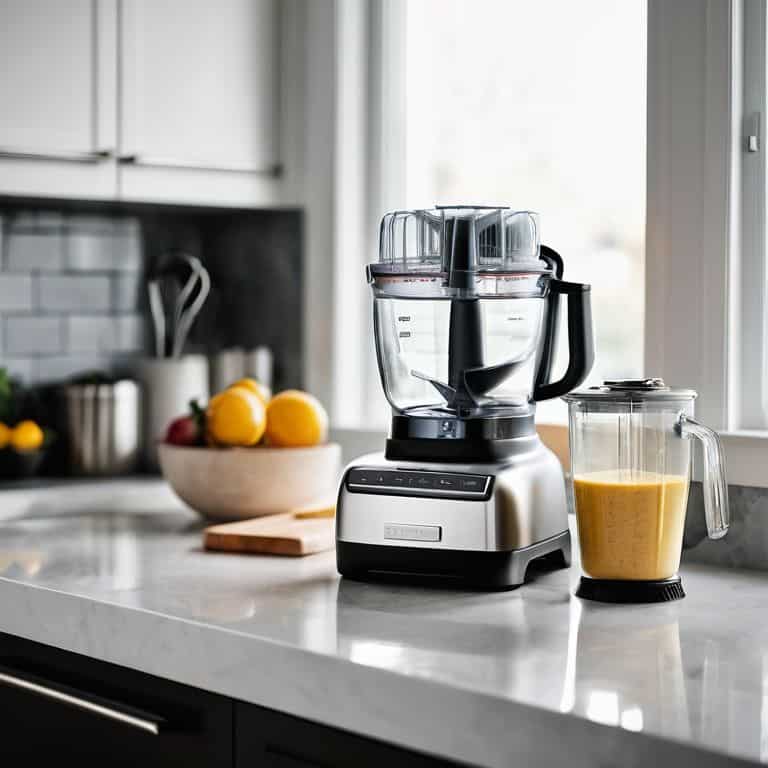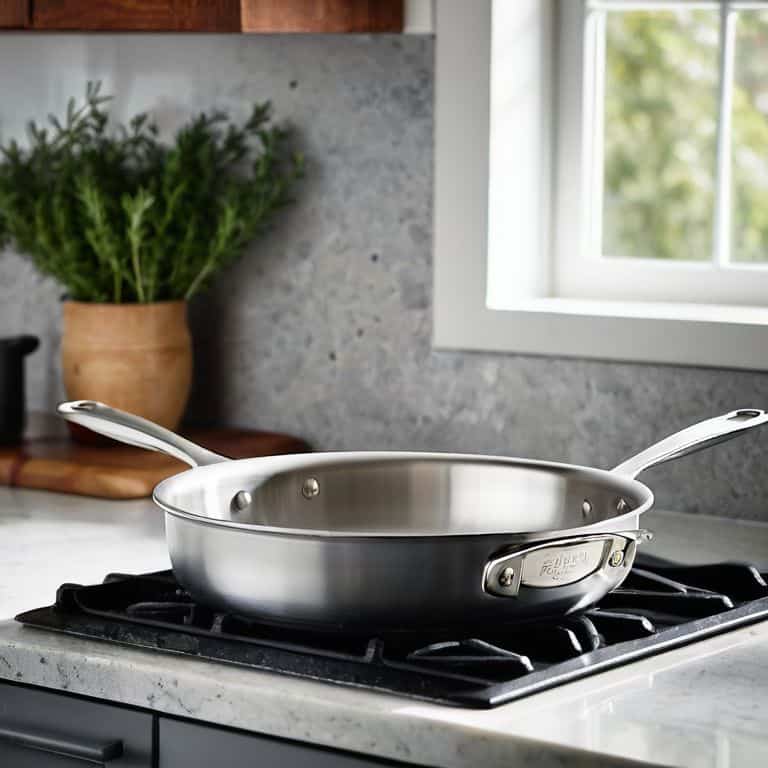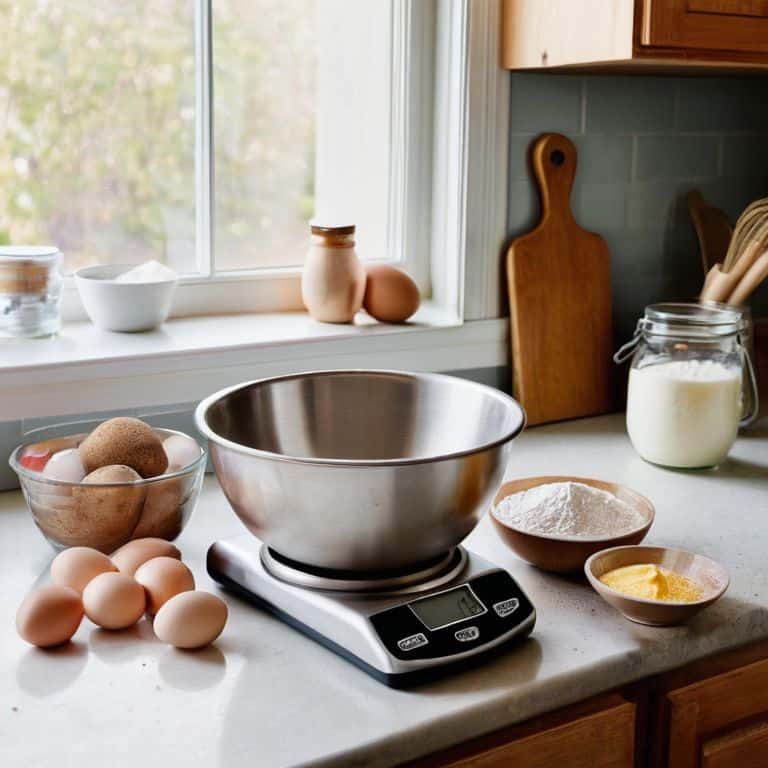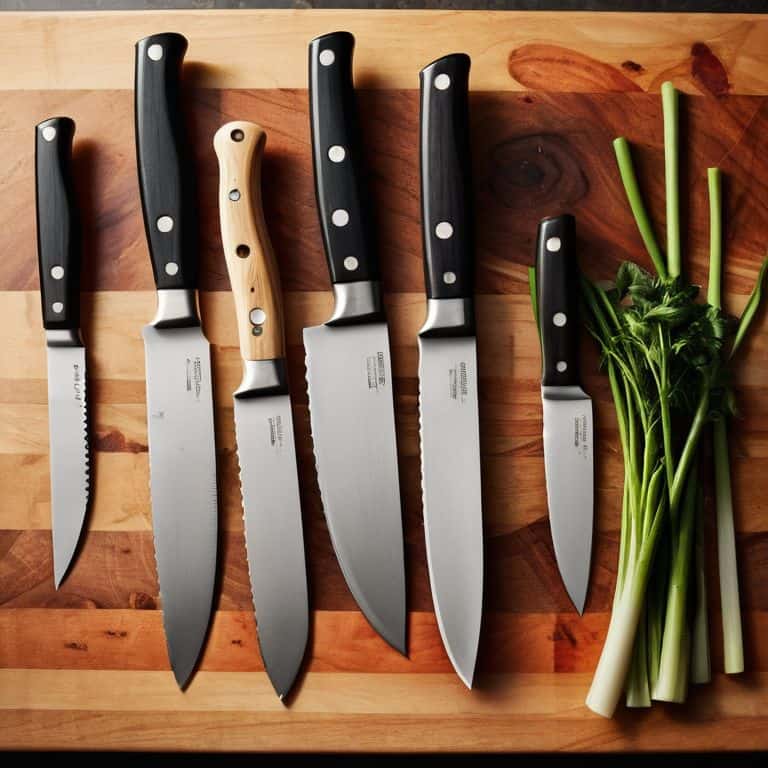As I stood in my kitchen, staring down at the cluttered countertops, I couldn’t help but think about the food processor vs blender dilemma that has been plaguing home cooks for years. We’ve all been there – trying to decide which appliance to use for our morning smoothie or evening sauce. It’s a choice that can make or break the flow of our culinary routine. I’ve seen friends and family members struggle with this decision, and I’ve been there myself, wondering which one is truly worth the investment.
In this article, I’ll cut through the hype and provide you with a no-nonsense guide to help you make an informed decision. I’ll share my personal experience with both food processors and blenders, highlighting their strengths and weaknesses. My goal is to give you the lowdown on which one is worth the hype, and how to choose the right one for your specific needs. By the end of this article, you’ll know exactly which appliance to reach for, and why. I’ll provide you with honest, experience-based advice that will help you navigate the world of kitchen appliances with confidence.
Table of Contents
Food Processor
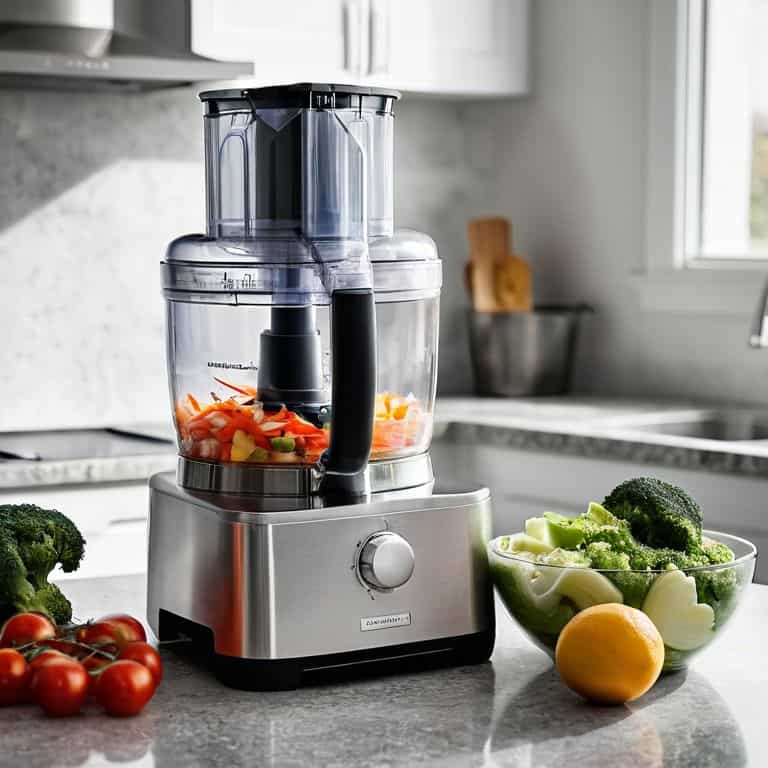
A food processor is a kitchen appliance that utilizes interchangeable blades and discs to chop, slice, and puree food, with its main selling point being the ability to perform a variety of tasks with ease and efficiency. The core mechanism of a food processor involves a motor-driven shaft that powers the blades or discs, allowing for quick and precise food preparation. This makes it an essential tool for home cooks and professional chefs alike, especially when considering the keyword “food processor” in the context of kitchen essentials.
In my experience, a good food processor can be a game-changer for home cooking, allowing for the preparation of complex dishes with minimal effort. I’ve found that having a reliable food processor in the kitchen can inspire a new level of creativity in meal planning, from making homemade pasta dough to preparing intricate sauces. The ability to quickly and easily chop, slice, and puree ingredients is a significant advantage, making it possible to focus on the culinary aspects of cooking rather than tedious preparation tasks.
Blender
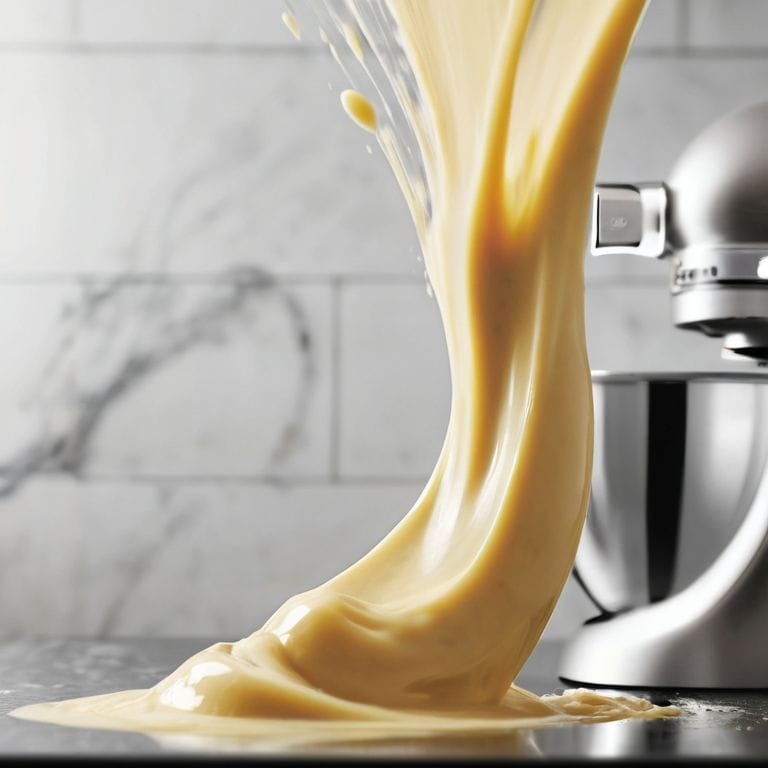
A blender is an electric appliance designed to mix, blend, and puree food and liquids, with its primary selling point being the ability to create smooth and consistent textures. The core mechanism of a blender involves a rotating blade that creates a vortex, drawing ingredients down into the blade for processing. This makes blenders ideal for tasks such as making smoothies, soups, and sauces, and is often why people search for the best “blender” for their specific needs.
From a design and user experience perspective, I believe a well-crafted blender can elevate the entire cooking experience, providing a seamless and intuitive way to prepare a variety of dishes. Whether you’re a health enthusiast making daily smoothies or a chef preparing intricate sauces, a good blender can make all the difference. The key to a great blender lies in its ability to consistently deliver high-quality results, which is why I always look for models with advanced blade designs and intelligent speed control.
Head-to-Head Comparison: Food Processor vs Blender
| Feature | Food Processor | Blender |
|---|---|---|
| Price | $50-$200 | $20-$100 |
| Key Feature | Multiple interchangeable blades and disks | High-speed rotating blade |
| Best For | Chopping, slicing, shredding, kneading | Pureeing, mixing, blending liquids |
| Capacity | Large: up to 14 cups | Medium: up to 64 oz |
| Speed Settings | Variable: 3-10 speeds | Variable: 2-10 speeds |
| Ease of Use | Moderate: requires some setup and changing of parts | Easy: simple operation |
| Cleaning Difficulty | Moderate to difficult: many parts to clean | Easy: simple design, dishwasher safe |
Food Processor vs Blender
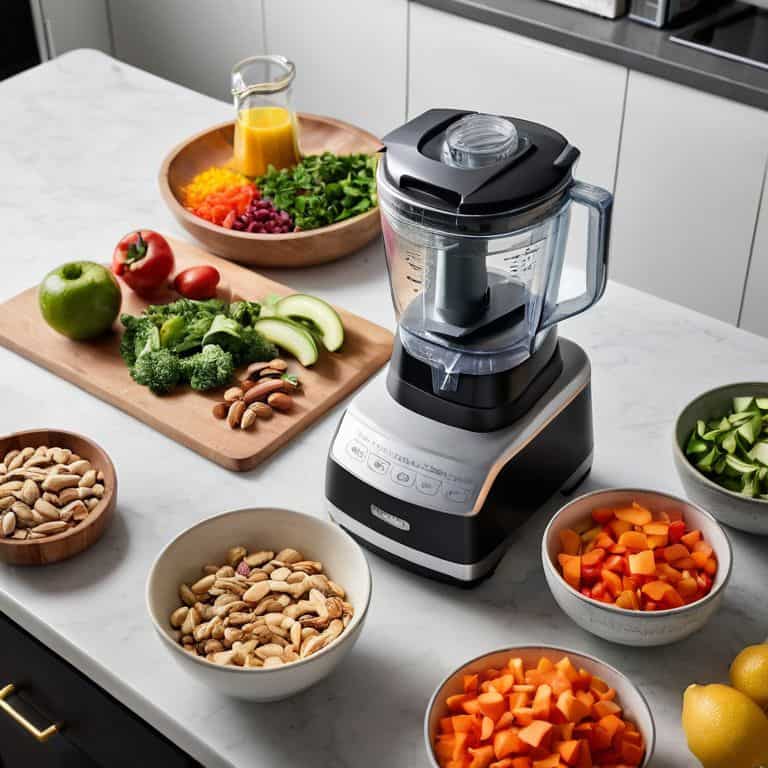
When it comes to deciding between a food processor and a blender, one crucial factor to consider is their performance in handling various ingredients. This criterion is critical because it directly affects the quality of the output and the ease of use of the appliance.
In a head-to-head analysis, food processors generally excel at handling tough ingredients like nuts, seeds, and hard vegetables, thanks to their robust blades and powerful motors. On the other hand, blenders are better suited for liquids and soft foods, making them ideal for smoothies and soups. The practical implications of this difference are significant, as it can determine which appliance is more suitable for your specific cooking needs.
In conclusion, when it comes to handling various ingredients, the food processor is the clear winner in this category, offering more versatility and power to tackle a wide range of tasks. Its ability to handle tough ingredients with ease makes it a more practical choice for those who want to prepare a variety of dishes.
The Verdict: 3 Key Takeaways
I’ve found that a food processor is the better investment for those who value versatility and precision in their kitchen, offering a range of functions from slicing to pureeing
A blender, on the other hand, is ideal for those prioritizing speed and ease of use, particularly for tasks like making smoothies or frozen drinks, where its powerful motor and simple design shine
Ultimately, the choice between a food processor and a blender comes down to your specific needs and preferences – but with either option, it’s crucial to prioritize quality and design to ensure a worthwhile addition to your kitchen arsenal, and I’d say, Worth the Hype?
The Verdict
A food processor is like a precision instrument, while a blender is like a powerful sledgehammer – knowing which one to wield can be the difference between culinary mastery and a kitchen nightmare.
Julian Grey
The Final Verdict: Which Should You Choose?
After diving into the details of both food processors and blenders, it’s clear that each has its own unique strengths and weaknesses. The key to choosing between them lies in understanding your specific needs and cooking habits. If you’re someone who values versatility and the ability to perform a variety of tasks, from slicing and dicing to mixing and pureeing, then a food processor might be the better choice. On the other hand, if you’re primarily looking to make smoothies, soups, or other liquids, a blender is likely the way to go. Ultimately, it’s about finding the right tool for the job.
So, which one should you choose? For the average home cook, I’d recommend a food processor as the overall winner. It’s incredibly versatile and can handle a wide range of tasks, making it a great investment for those who like to experiment with new recipes. However, if you’re a smoothie enthusiast or someone who prioritizes making large batches of liquid-based foods, a high-powered blender is the better option. At the end of the day, it’s all about finding the right fit for your unique needs and preferences.
Frequently Asked Questions
What are the key differences in the types of foods I can prepare with a food processor versus a blender?
Honestly, the types of foods you can prep differ drastically. A food processor excels at chopping, slicing, and shredding veggies, meats, and cheeses, while a blender is better suited for liquids, purees, and mixtures like smoothies and sauces. Think textured vs. smooth – that’s your guiding principle.
Can I use a blender as a substitute for a food processor in certain recipes, or vice versa?
Honestly, it’s not a straightforward swap. While both can handle certain tasks, their design and functionality differ. A blender excels at liquids and purees, but may struggle with thicker mixtures or precise chopping. A food processor, on the other hand, is perfect for tasks like slicing, shredding, and mixing dough. Worth the Hype? Only if you use them for their intended purposes.
How do the cleaning and maintenance requirements compare between food processors and blenders?
Cleaning and maintenance – the not-so-glamorous part of appliance ownership. Honestly, both food processors and blenders require some elbow grease, but I’d say blenders are a tad easier to clean, especially if you’re using a high-end model with a self-cleaning function. Food processors, on the other hand, have more nooks and crannies, making them a bit more high-maintenance. Worth the Hype? Not quite, but a small price to pay for their versatility.
